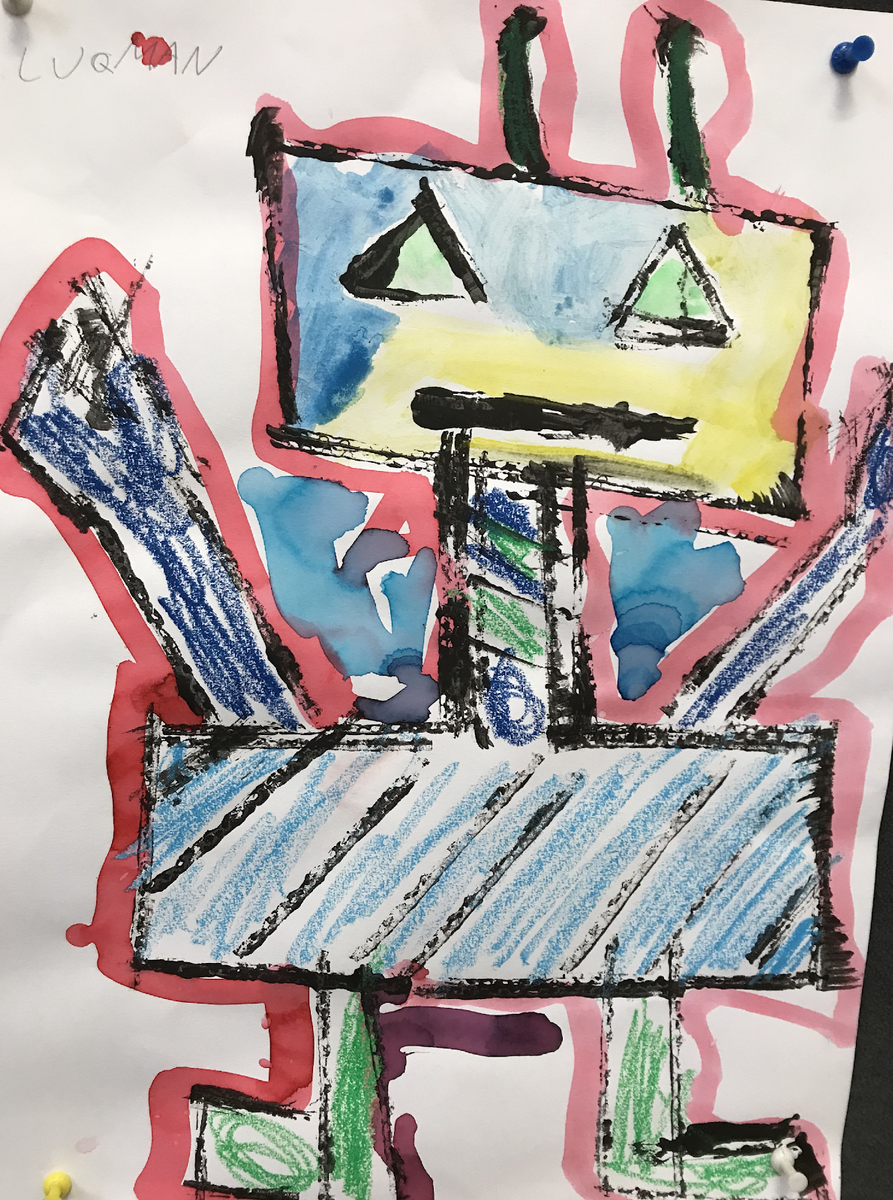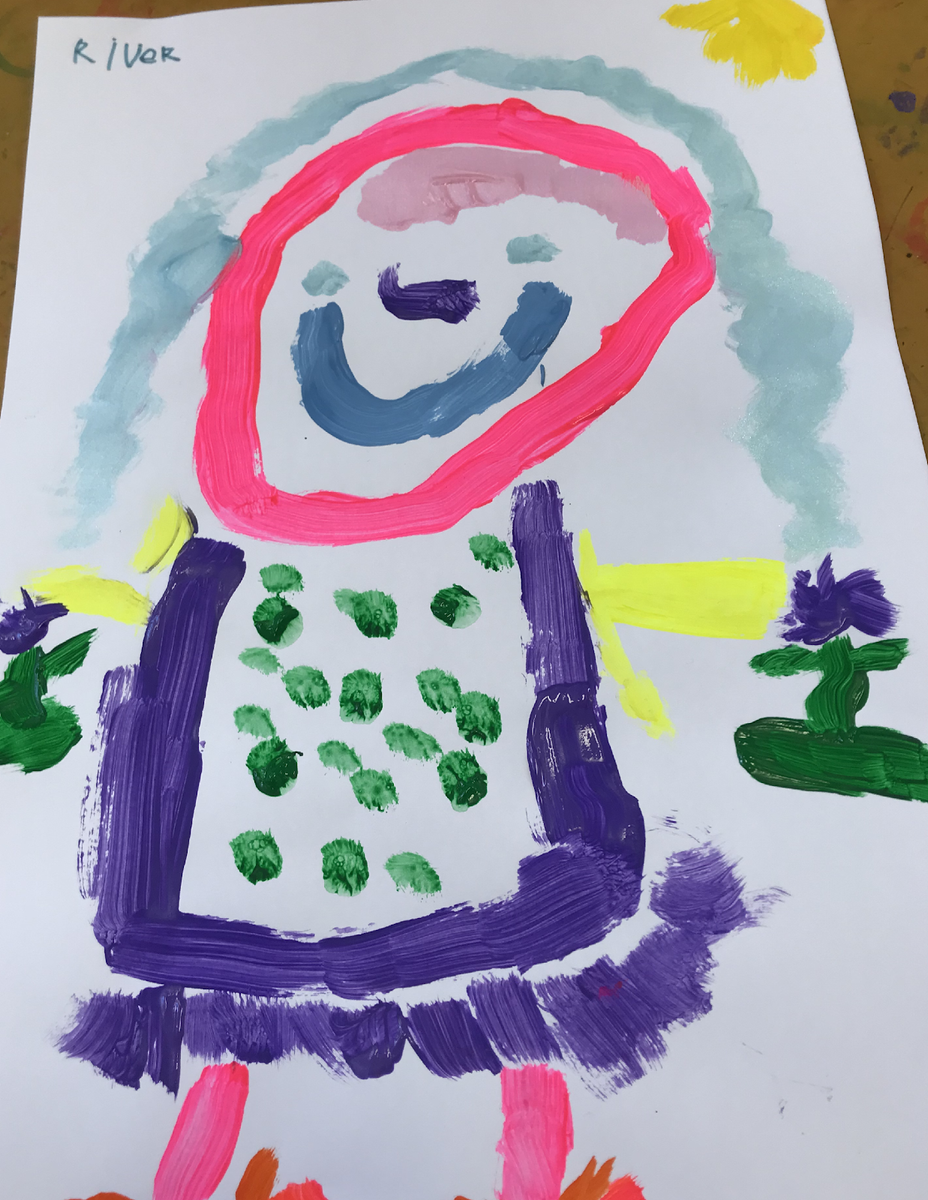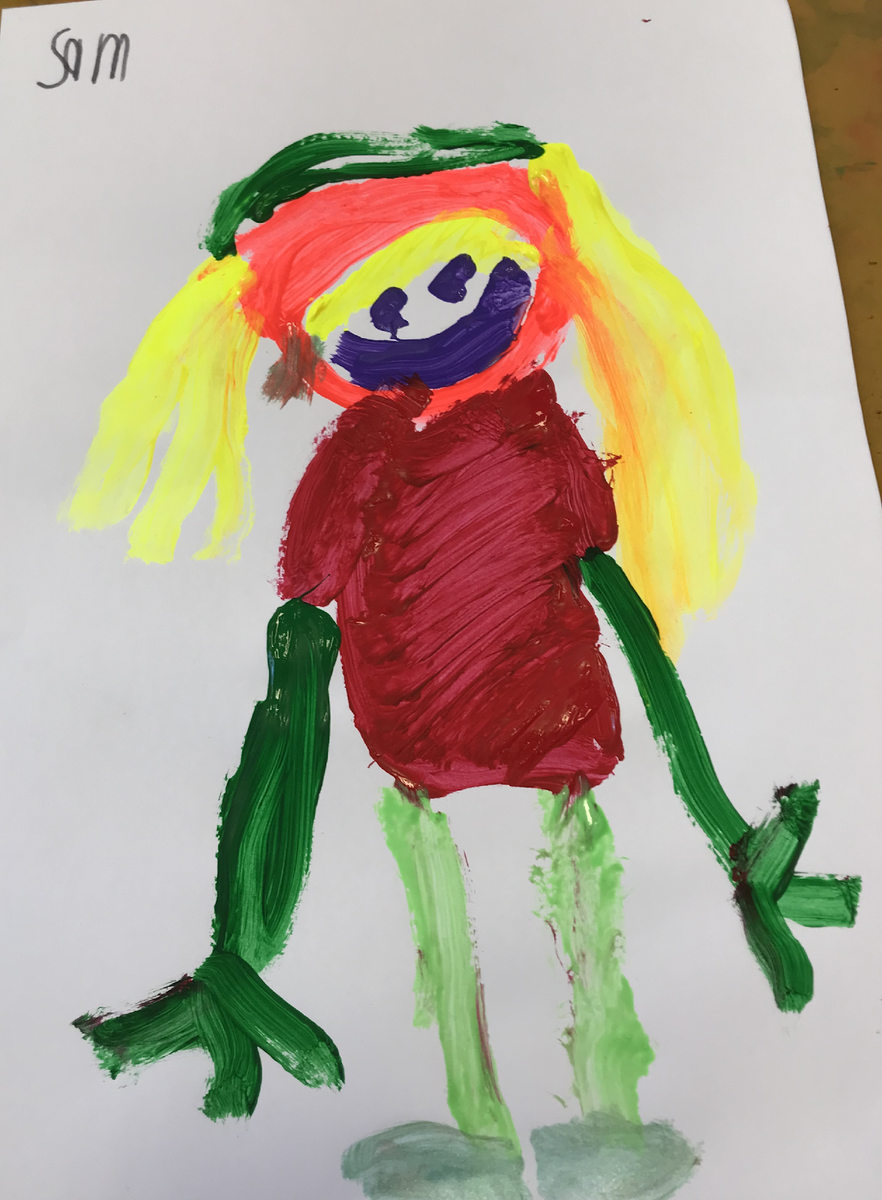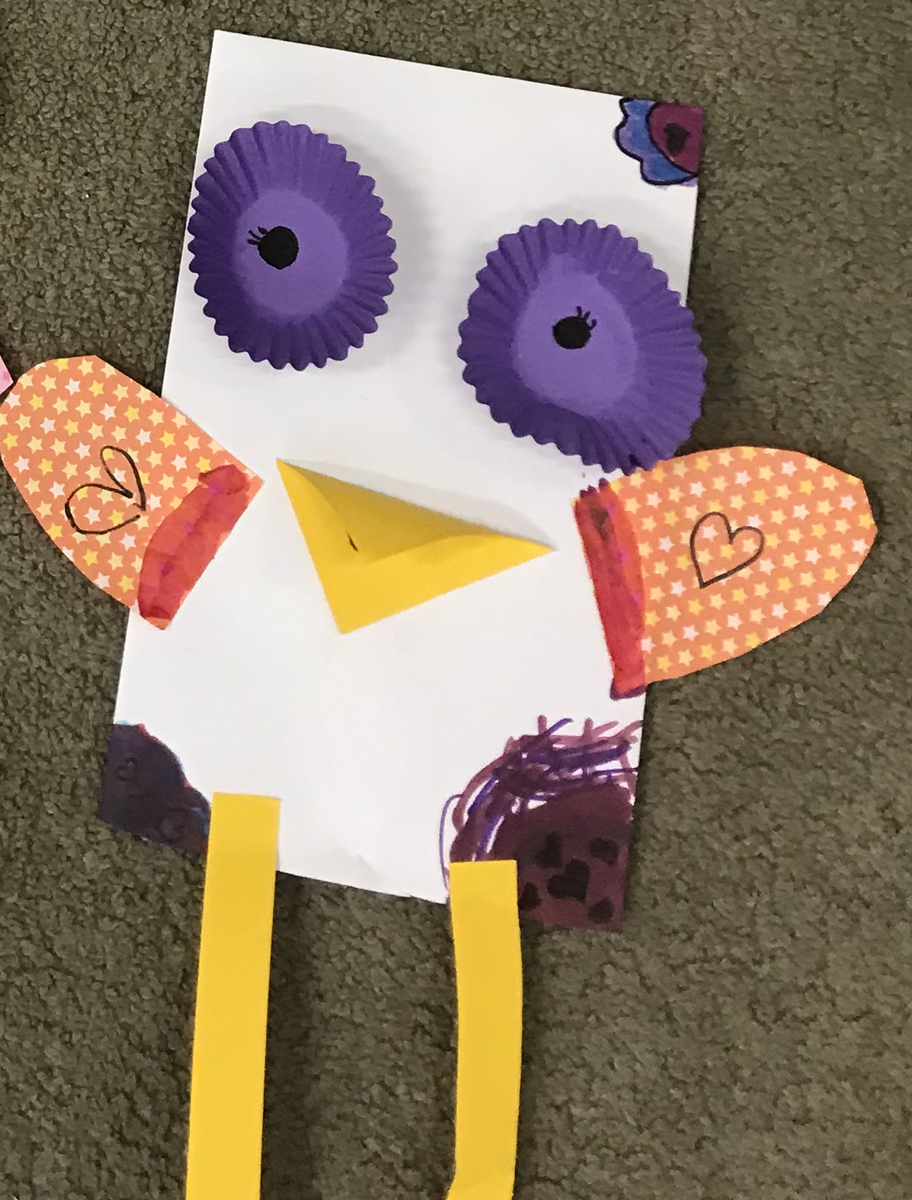Specialist
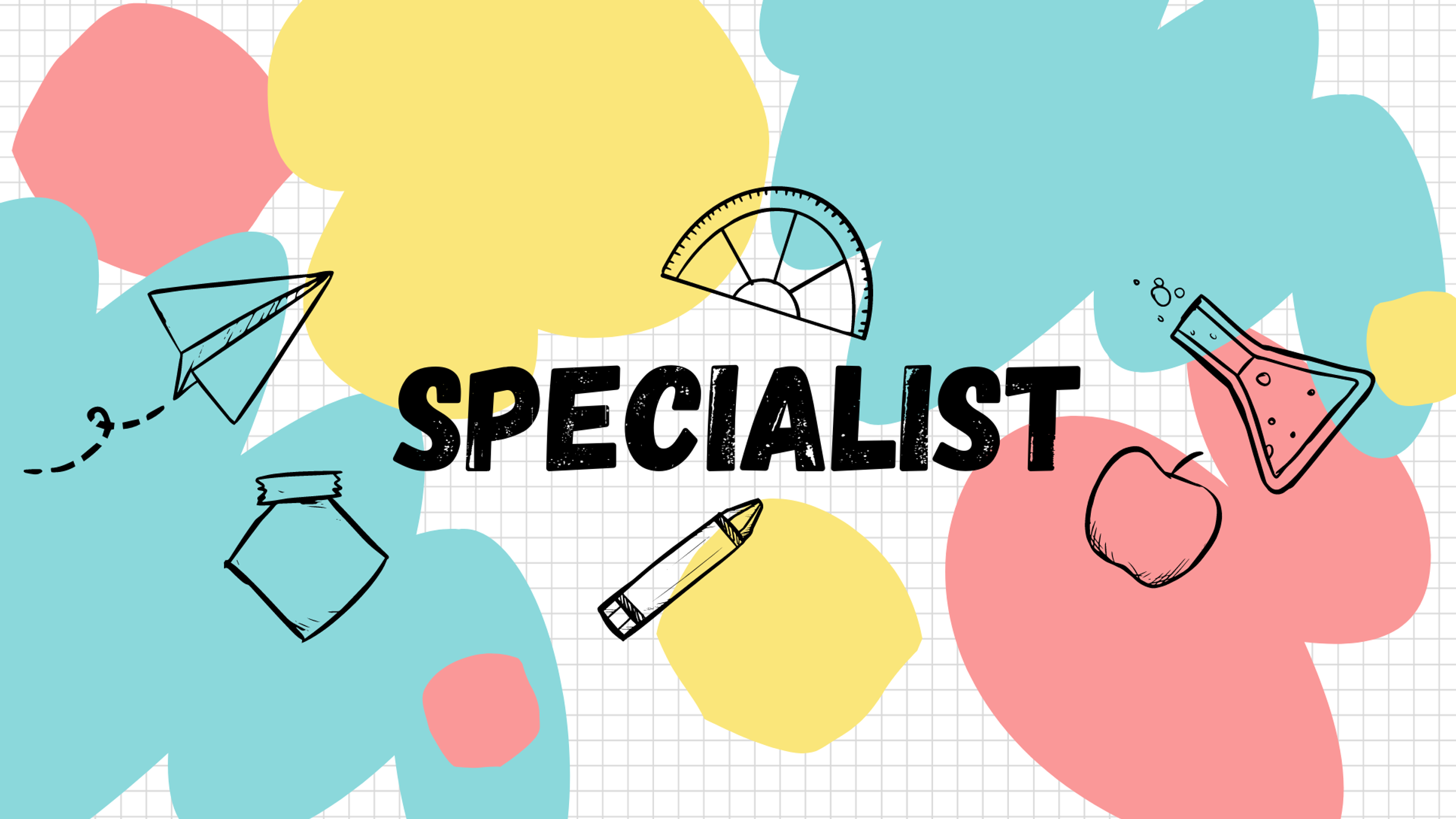
Art: Lots of wonderful creative tasks were completed in the Art room during Term One. We printed, painted and constructed using acrylic paints, oil pastels and watercolours. The Year One and Two students created dots inspired by the book, ‘The Dot.’( Peter H Reynolds) These formed a collaborative tree located near 2A. Other artwork included painted self-portraits by Foundation students, printed robots and collaged bird puppets. We are all looking forward to lots more creating this term.
Science: Science - End of T1 / Start of T2
What an exciting start to the year we had in Term 1 learning about chemical sciences. What did this look like in the science room?
Foundation students learnt how to be safe in the science room, and explored materials and their properties. Students have grouped like materials, such as wood, glass, plastic, fabric, metals, and have investigated the properties of these; are they strong or weak, rough or smooth, waterproof or absorbent? Students then designed a house from selected materials that would be strong and waterproof.
Grade 1 students explored how everyday materials can be physically changed, and have observed changes that occur when materials are twisted, stretched, heated and cooled. Students designed a ‘chair for a bear’ out of newspaper using techniques such as twisting, rolling, folding, tearing to demonstrate how materials can be physically changed in a variety of ways for a particular purpose.
Students in Grade 2 have also explored materials with a focus on combining materials based on their various properties. Students looked at the materials used in a playground and why they are used, as well as how foods and liquids can be mixed to form different products. They designed underwater houses and toys with a focus on why different materials were used in the design.
Grade 3 students learnt that everything is made up of particles and these are called ‘matter’. They explored 2 states of matter (solids and liquids) and how these can change by adding or removing heat. Students had a lot of fun looking at various ways to melt an ice cube, melting different size chocolate pieces in the sun and observing liquids that went in the freezer. Students even explored turning crayons from a solid, to a liquid and back to a solid!
Students in Grade 4 delved into the physical properties of natural and processed materials. Students tested the strength, stretchability, warmth and waterproof properties of wool, cotton and polyester and how this knowledge can influence their use. Students investigated what materials decompose, and were able to connect their learnings to how this supports recycling efforts.
5th Grade learners were immersed in solids, liquids and gases and learnt how they behave in order to classify them. Students had lots of fun (and mess!!) making Ooblek (cornflour and water) and learning that materials or substances like this and ‘gels’ are not easily classified.
Students in Grade 6 learnt about reversible and irreversible, physical and chemical changes of materials. Students investigated if rusting and dissolving were reversible or irreversible changes, and explored the changes of states of water (solids, liquids, gases) through a demonstration of the water cycle.
In term 2 students can expect the same hands on experiences however with the topic of Earth Science. Specific areas of learning will be as follows;
Foundation students ~ weather, and how we modify our behaviour due to the weather.
Grade 1 ~ observable changes in the sky and landscape (day / night and seasons).
Grade 2 ~ the Earth’s resources and how they are used; with a focus on water!
Grade 3 ~ how the Earth’s rotation causes changes, including day and night, and shadows.
Grade 4 ~ how natural processes and human activity can change the Earth’s surface (focus on erosion).
Grade 5 & 6 ~ investigating geological events like earthquakes, volcanic eruptions and tsunamis.


